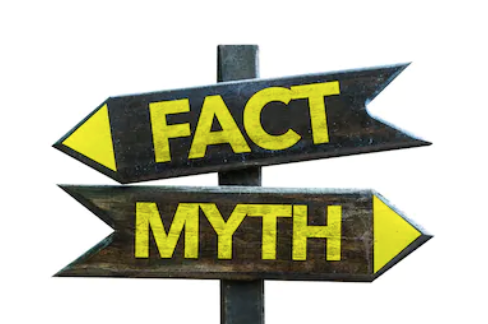The Story of Hemp

The same plant that produces the sticky buds pot fans the world over love and enjoy also produces a very useful industrial-grade fiber. When planted for industrial uses, marijuana is referred to as hemp.
For the longest time, hemp was a high value industrial plant because it grows very quickly, grows on poor soil, and is a low input/low maintenance crop.
In terms of botanical classification, pot plans that get you high and pot plants used for hemp fiber are one and the same-they are both Cannabis Sativa. However, hemp plants are specifically bred to contain as close to zero THC (the psychoactive chemical compound in marijuana). The US government banned hemp production in 1937.
Interesting facts about Hemp:
- the oldest hemp remains ever found were in Mesopotamia and date back to 8000 BC
- the earliest hemp fragments were discovered in Europe and date to 1200 BC
- China has been cultivating hemp continuously for the better part of 6000 years
- the earliest version of paper was made using hemp
- hemp rope equipped trading and sailing ships that led to the discovery of the New World as well as key Spice Route trade routes
- Thomas Jefferson wrote the United States’ Declaration of Independence on hemp paper
- The earliest version of “Levi’s Jeans” used hemp fiber
- Many of the Art World’s great Masters painted their masterpieces on canvas made from hemp textile
- Due to Reefer Madness hysteria, the United States banned hemp production in 1937
- Any material that can be produced from fossil fuels like plastic, composite boards, and others can be made using the carbohydrates of hemp instead of oil’s environment-harming hydrocarbons.
- Due to the heavy oil content of hemp seeds and the fact that hemp can be grown very quickly and easily on otherwise low quality or ‘marginal’ land, hemp is seen as a great source of bio-diesel (fuel produced from renewable sources).
- Hemp contains high protein levels and can be easily ground into a powder for use as a human food additive
A quick and short list of traditional uses for hemp:
- bank notes
- food
- paper
- varnish
- ink
- paint
- textile
- pet food
- lotions and body oil
- cosmetic base
Quick note about the legality of hemp all over the world:
- The US federal government still bans the cultivation and production of hemp.
- 16 US states enacted pro-marijuana laws and these are broad enough to cover state hemp production
- Industrial hemp production is legal in most European countries (as long as the hemp variety has less than 0.2% THC content)
- CBD, along with hemp and recreational marijuana is now 100% legal in Canada-the first major economy that has completely legalized marijuana.
- Congressional efforts to completely legalize industrial hemp has been stalled in the US House of Representatives since former Congressman Ron Paul’s Industrial Hemp Farming Act of 2009 bill.
Different types of hemp products
As the health benefits of marijuana-derived compounds reach greater acceptance, different hemp products have entered the market. These vary in cannabidiol or CBD (a pot-based compound that doesn’t get people high) content. CBD has been linked to better epilepsy and seizure management as well as pain relief and other important health benefits.
- Low THC hemp – this type of hemp feedstock (used to create CBD oil, extract, or other cannabis-derived compounds) has 0.2% or less THC content
- High CBD hemp – this variety of hemp plant has been especially bred to pack a very high amount of CBD
Given the current changes in the global legality of marijuana, it appears that it is only a matter of time until the world benefits fully from hemp’s industrial and therapeutic benefits.


